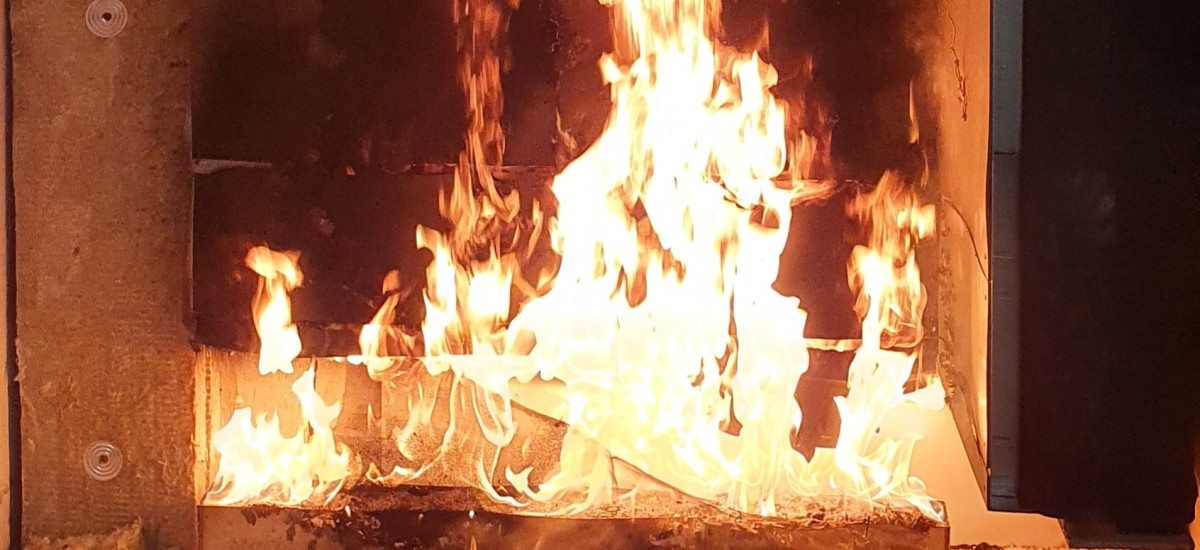23/12/2021
The fire behaviour of materials is one of the most important properties that must be determined before these materials can be used in the built environment.
The Building Decree states which fire classes are set for the various materials. The underlying standard for determining these fire classes is the European fire classification standard NEN-EN 13501-1.
Until now, the so-called Single Burning Item (SBI) test has been the appropriate test method for façades. In this method, the fire behaviour of the building material is determined using a 30 kW burner (trash fire). This determines what the contribution of the material concerned will be in the event of an incipient fire. Over the years, it has been increasingly stated that this test method is suitable for determining the fire class of building materials that are used in a building, but it is not suitable for façade materials.
Other test methods are available in Germany and United Kingdom, such as DIN 4102-20 and BS 8414. These methods have become even more prominent since the Grenfell Tower tragedy in July 2017. An attempt is therefore being made in Europe to develop its own European façade test. The most important aspects of both methods are combined and final requirements are formulated. This process has been going on for some time but has not yet resulted in a definitive method. The Intermediate scale test ISO 13785-1 is regularly used in UK for conducting preliminary research or for determining the most critical variant to be examined in the large scale façade test.
The Efectis fire laboratory in Bleiswijk (Nederland) successfully performed a test in October 2021 in accordance with test standard ISO 13785-1. In this test, a fire accumulation is simulated on a façade construction. The raging fire, which generates more than three times as much heat as the incipient fire, is placed under the test piece for 30 minutes using a burner. According to the test standard, the flames must not rise above the test piece within 30 minutes, thereby establishing that no fire has developed in the facade construction. To measure the flames above the test piece, a radiation meter is placed above the 2.5 metres high test piece.
In order to offer added value to the market, Efectis Nederland can perform an HRR measurement during the test in addition to the radiation measurement. The HRR measurement gives a picture of the fire development during the test on the façade. This measurement is of major benefit in the development and optimisation of the façade construction.
In short, The Efectis fire laboratory of Bleiswijk (Netherlands) is fully engaged in developing, implementing and investing in new test options.
If you are interested in testing according to ISO 13785-1, please contact us via the e-mail address below.
Contact: Bauke Knottnerus – bauke.knottnerus@efectis.com

